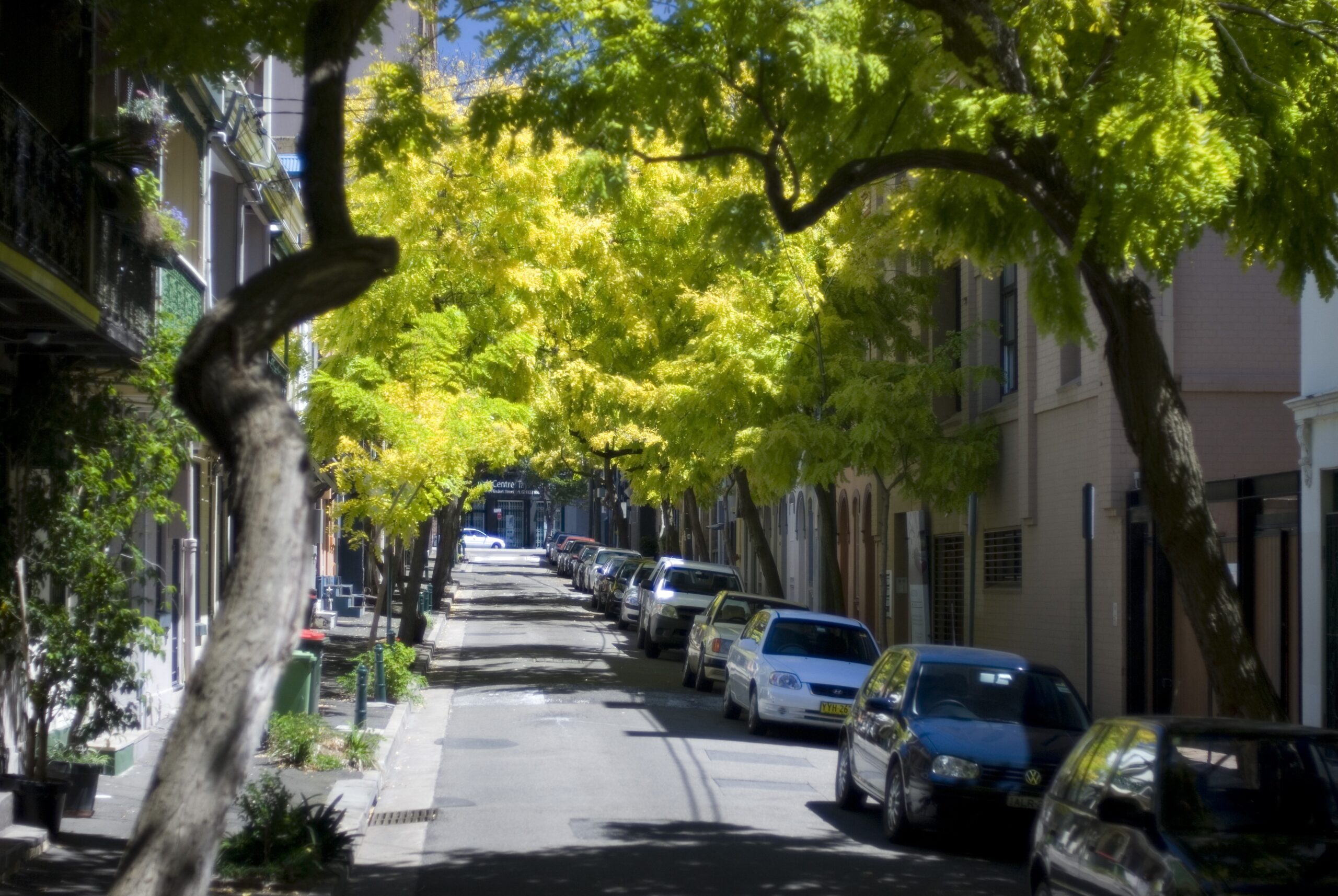Green streets: why urban greening is vital to our cities

Australia’s capital cities and regional centres are growing. In 2020, Melbourne experienced the largest population growth of all cities in the country with over 80,000 new residents calling Melbourne home.
Further north, Brisbane experienced the highest growth rate of any Australian city at 1.9 per cent¹, showing that people love living in our cities and enjoy the exciting opportunities that come with it.
However, with more people moving to our cities and regional centres, there also needs to be the infrastructure to facilitate them. This can lead to a decrease in green spaces as new buildings and homes are constructed.
But not placing a big enough importance on green spaces can seriously negatively impact our cities and residents. Green spaces in urban environments can help keep our cities cool, improve air quality, limit the effects of climate change, and positively impact residents both mentally and physically.
And the best part is that urban greening doesn’t just need to be confined to a large park with trees, it can incorporate rooftop gardens, community gardens, street trees, living walls and apartment planter boxes – there is no limit to the creativity urban planners can use when incorporating greenery into city designs.
What is urban greening?
Urban greening refers to the process of designing, installing and ensuring urbanised environments have adequate green spaces.
Urban greening combines landscaping, expert knowledge and innovative design to create beautiful green spaces, with street trees and parks being some of the most recognisable examples of greening in our communities.
As new buildings and infrastructure are constructed, city planners must consider the impacts these assets will have on the community and environment.
Urban greening helps to offset some of the negative impacts of urbanisation and city planners are able to plan greening projects accordingly to enhance the look of the surrounding environment, improve air quality, provide community spaces for residents and even increase the feelings of calm and tranquility for residents.
The best options for greening will depend on many factors, like the size of the space available, whether there are already existing trees in the area or if some need to be planted, the possibility of rooftop green spaces, or even if there is the ability to install a vertical garden on the side of a building.
